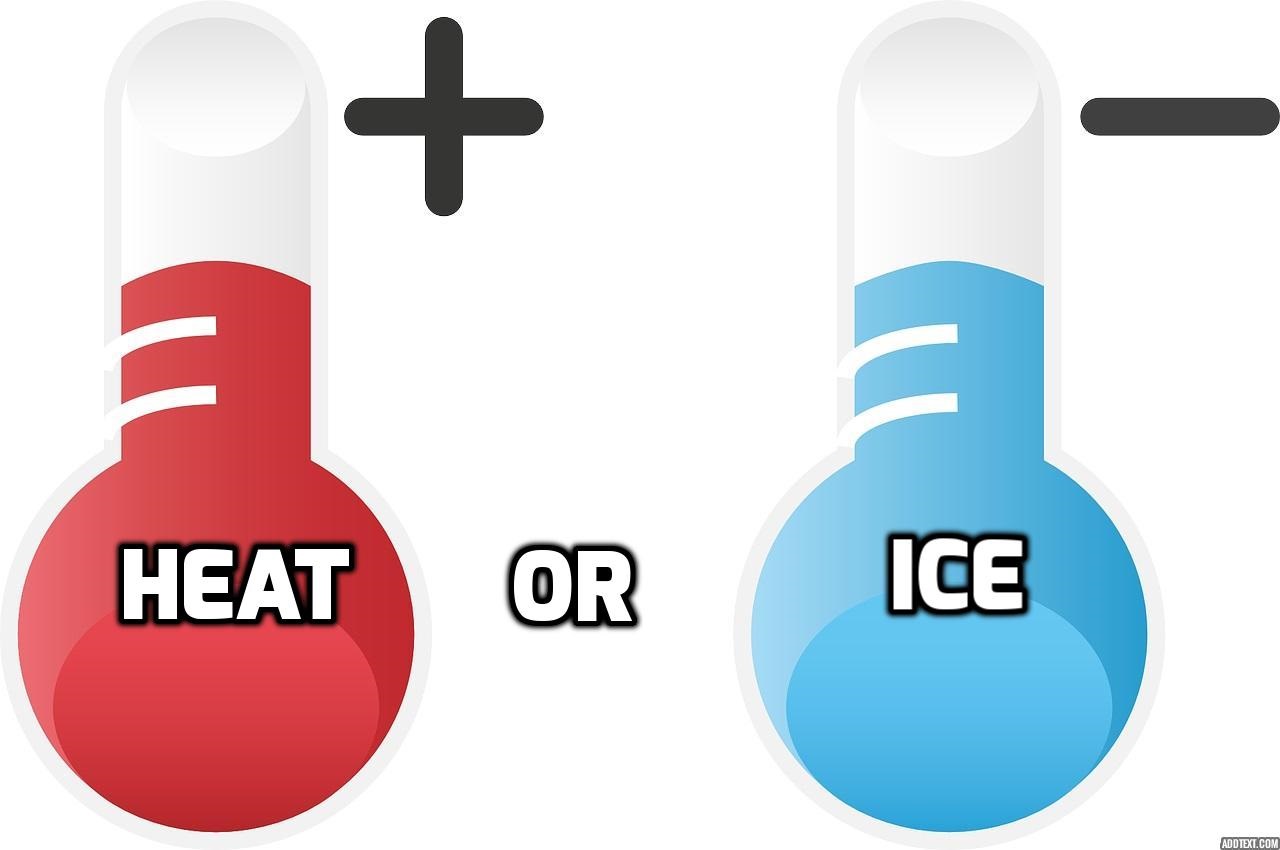
It’s the great pain debate: ice vs. heat. Both can help soothe pain and reduce inflammation. But, which one should you be using and when?
Using ice and heat for therapy is an easy way to care for your injury or manage your pain at home. However, there’s a lot of confusion as to when to use ice vs. heat for injuries and pain. Also known as cryotherapy and thermotherapy, both of these therapies are excellent ways to reduce inflammation and pressure and help reduce pain. In order for these therapies to work, however, they must be used appropriately.
Ice vs. Heat: The Difference
Other than the obvious difference between ice and heat, there are other key differences in how each help soothe pain and injury. Furthermore, there are differences in how the body reacts to each one. This is why it’s so important to use them properly so as to get the reaction necessary for pain relief and inflammation reduction.
Inflammation, pressure, and swelling are some of the reasons why pain can be so hard to manage when it comes to an injury. Ice helps reduce inflammation and numb pain, whereas heat helps relax muscles and stiff joints. While heat helps improve circulation and blood flow, ice reduces blood flow thereby reducing inflammation and swelling.
When To Ice It
As a general rule of thumb, ice should only be used for acute injuries, acute pain, or new injuries. Because an acute injury causes inflammation and swelling, ice the best to dull the pain associated with those reactions. It can also temporarily dull the nerves in the area, which can help in pain relief – if only for a short time. You should only use ice for 15 to 20 minutes at a time.
Although ice can help in reducing inflammation, swelling, and pain, there are some minor problems associated with ice if used improperly. If you ice for too long, you can cause your joints in the affected area to feel tighter and stiffer, increasing pain instead of relieving it. You need to be especially careful on icing chronic muscle pain versus an injury. Muscle pain does not always mean an injury, but rather aggravation. Common chronic pain problems that you may mistakenly use ice for are back pain and neck pain. Chronic back and neck pain should be treated with heat instead.
When To Use Heat
In general, you should use heat to relax stiff muscles and joints. It is especially beneficial for soothing chronic pain, such as back and neck pain. It also helps relieve stress and tension, which could be causing the stiffness and chronic pain. Improving circulation can help alleviate stress and tension in the affected areas, which is why heat is so effective in dealing with chronic pain. Improving blood flow can also help in healing damaged tissue, which can aid in the later stages of injury rehabilitation. Heat therapy can be used for a longer period of time than ice but is often effective within 15 to 20 minutes.
You should not use heat if there are any indications of swelling and inflammation, as heat can worsen these conditions.
The Overall Therapy
Both ice and heat should be part of an overall rehabilitation plan. Neither of these methods will work in injury or pain recovery on their own. Instead, they’re simply supplemental ways to reduce pain, inflammation, and stress which can aid in the recovery process. A full therapy program includes strengthening muscles, diagnosing the underlying cause, and working to fix the cause through either habitual change or change in movement and training. A physical therapist will often use heat and/or ice as part of their overall therapy strategy, depending on the individual’s condition.


